Indie Kickoff First Month Summary
Independent Development: Not Leaving the System, But Rebuilding It

Since September 20th, I've been focusing my main energy on independent development, and it's been a month now.
One key point needs to be highlighted: since investing energy in indie development, I've found that work is no longer draining, but rather very enjoyable and self-driven.
So what have I accomplished? Let me break it down into three aspects:
What I Learned
Cursor for Coding:
Previously, I wrote code using the ChatAI approach, but this had a major pain point: AI couldn't access all your code, i.e., context, which meant that after copying code to the IDE, it always required extensive debugging. But after using Cursor's AI Agent, overall efficiency has improved several times.
Some Principles:
Many industry veterans have summarized principles for indie hackers. The most important one: the essence of independent development is doing software business. Build everything around this.
Don't be anxious, be resilient.
Replace phone scrolling with book reading.
The knowledge gained is immense. So what have I done with it, or what outputs have I produced?
What I Achieved
Product Matrix:
Completed the launch of 3 websites with a certain user base. This is probably the most rewarding achievement - seeing new users every day makes me feel that the code I write truly has value.

Knowledge Base Creation:
Using Feishu to create a knowledge base and establish a systematic structure. The directory structure is basically built around the software development process, organized around product, R&D, operations, and marketing workflows.
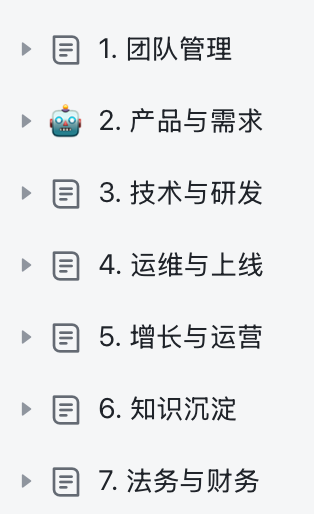
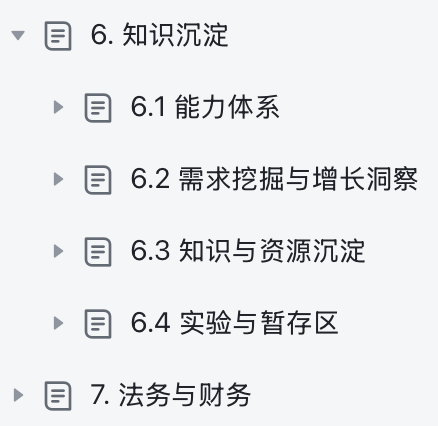
Code Repository:
Using GitHub, supporting both Public and Private. Since GitHub was acquired by Microsoft, its basic capabilities have been greatly enhanced. A set of automated pipelines is sufficient to support small teams in their early stages.
Deployment Platform:
Chose Vercel, with free quotas sufficient to support early operations.
Tech Stack Selection:
Frontend: Next.js, Backend: Python, Framework: FastAPI.
Where Do Requirements Come From:
Following industry methodology, mainly 3 approaches:
- Record pain points in life, mainly focusing on scenarios that you and people around you easily complain about;
- Shortcomings of competitors, look at App Store reviews, record user complaints and negative review scenarios;
- Keyword mining, especially new words.
Approaches 1 and 3 are used more frequently, approach 2 will be introduced next. I've recorded about 54 pain points in life, with about 5 requirements currently in development.
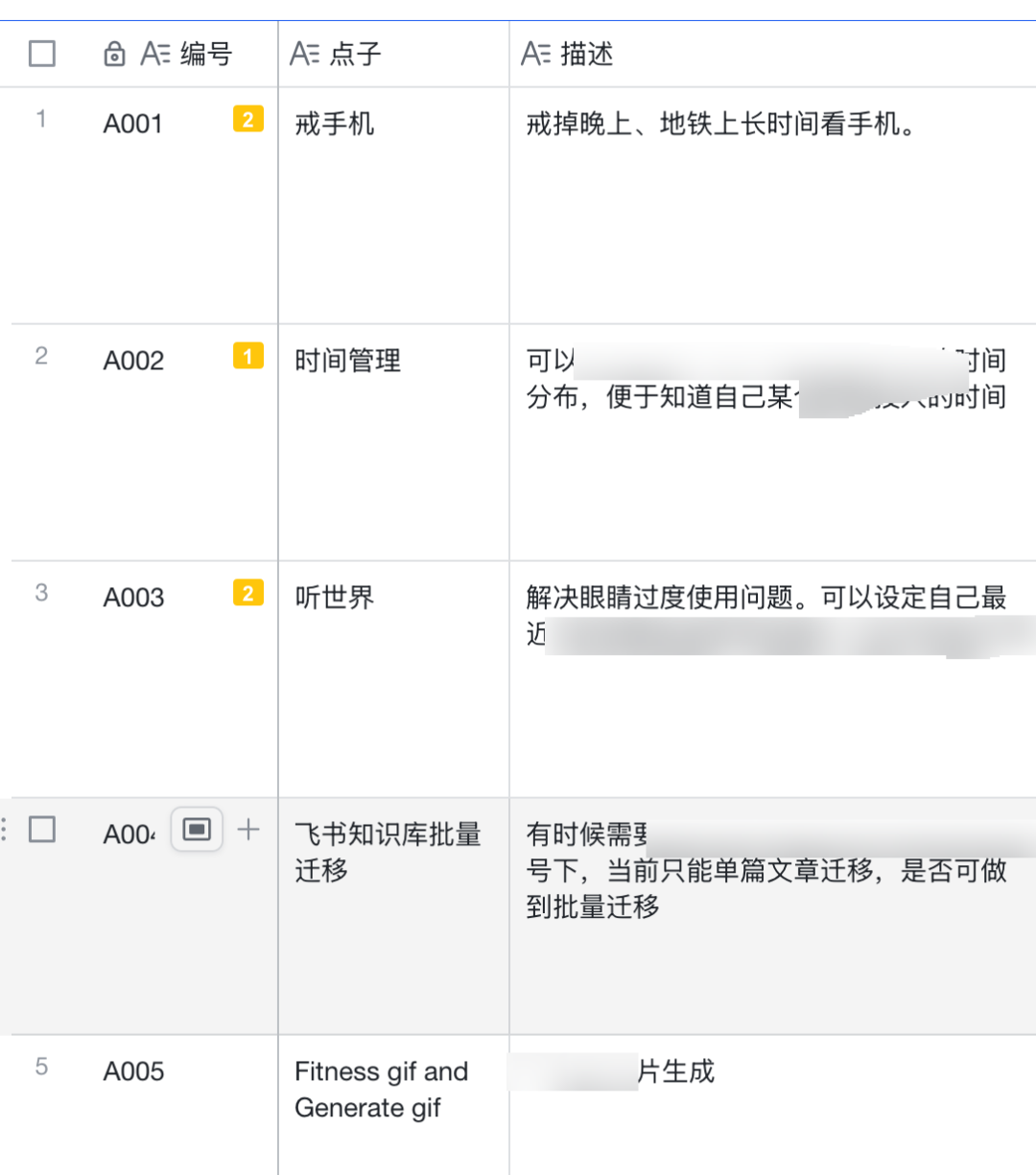
Keyword mining mainly relies on tools like Similarweb, Semrush, and Google Trends.
How to Operate:
Since the main goal is to get Google search rankings, the focus of operations is on websites with high Google authority. I've basically identified: GitHub, Zhihu, YouTube, Reddit, Twitter. Except for Reddit being strictly restricted, others have basically entered the state.
One of the most important and fundamental points in operations is creating backlinks. There are two main methods:
- Find where competitor websites' backlinks come from on Similarweb or Semrush, then go create them accordingly. For example, from UGC content, comments, etc. For the keyword "text generate image", Google's top-ranked website: https://deepai.org/machine-learning-model/text2img, one of its backlinks comes from a comment on https://andrewpoon.org/nyc-meets-ai/the-big-apple-meets-ai. So if you're doing SEO for "text generate image", you can also go there to comment and promote your website.
- Search for corresponding keywords on Google, see which websites drive traffic to top-ranked competitors, then go to the corresponding websites to determine their backlink methods and create backlinks accordingly.
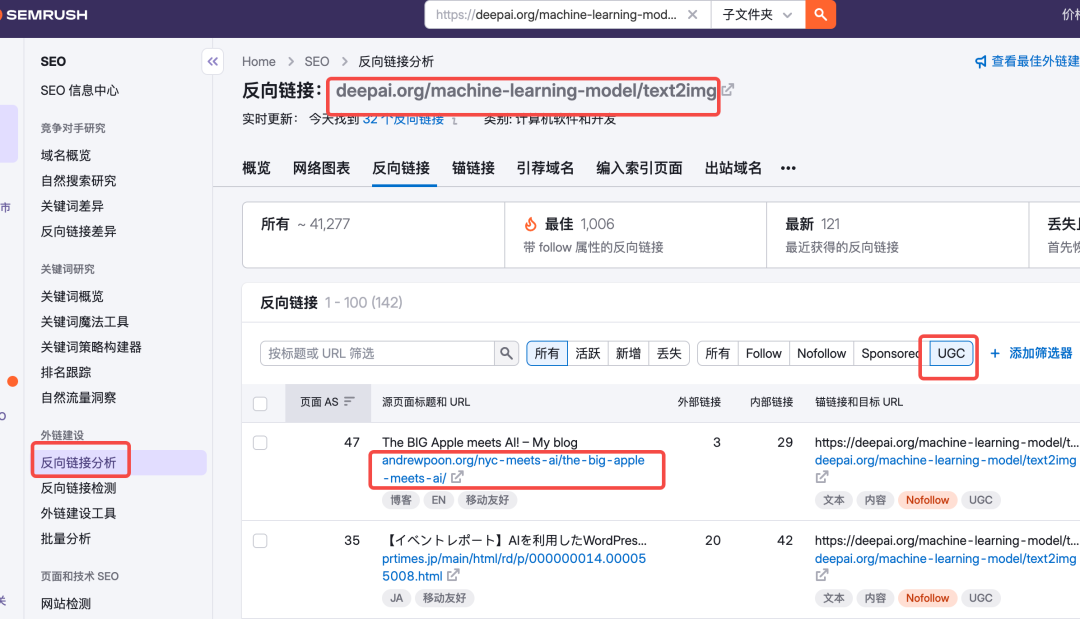
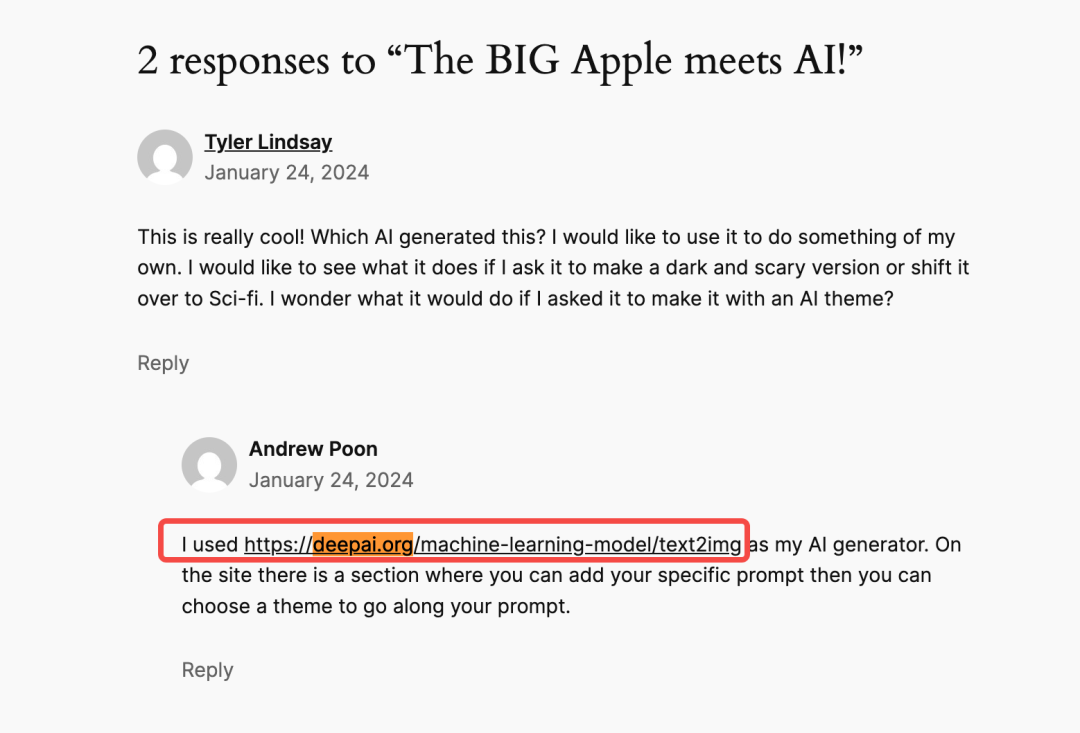
Future Plans
For the next month, I'll focus on three key areas:
Requirement Mining:
Expand according to the 3 approaches mentioned above, but need a complete validation system to improve the probability of product success.
Operational Growth:
Backlink building is the top priority. Although Google has always emphasized that good products have advantages in its PageRank algorithm, backlinks as a prerequisite for product cold start are crucial. Everyone on the team will spend time on this operational work.
Claude Code:
After using Cursor, I feel that coding has achieved a new paradigm upgrade. But after seeing evaluations of Claude Code, I'm determined to use it as soon as possible to upgrade the entire R&D workflow.
The above is the main summary of this month. Next month, let's continue to work happily!